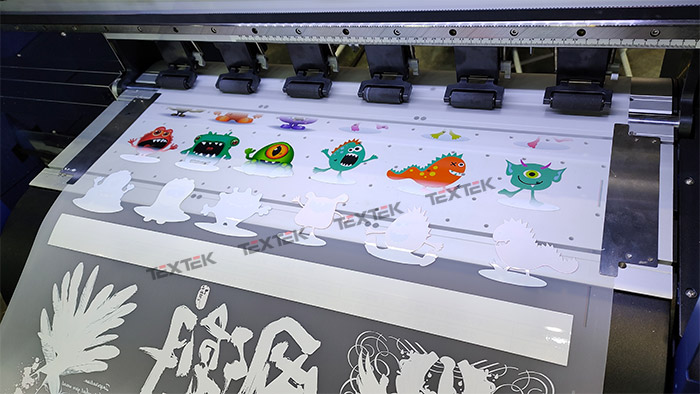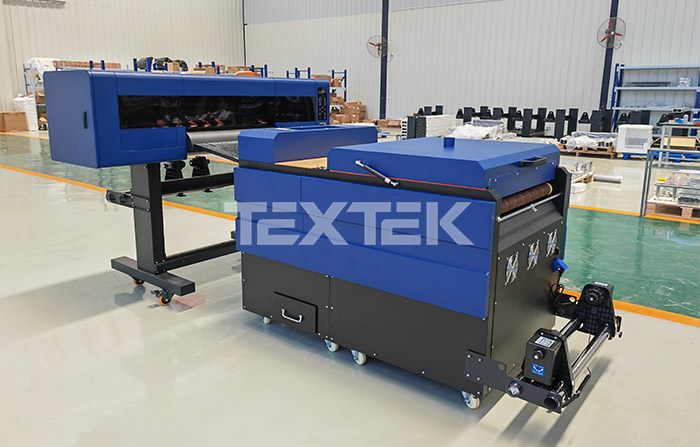White Ink Problem in DTF Printing
If you’re new to DTF printing, you may have heard about the challenges of keeping a DTF printer in working order. The main cause is the DTF inks, which can clog the printhead of your printer if you do not use it frequently. DTF employs white ink in particular, which clogs up quite rapidly.

What is white ink?
To lay a foundation for the colors in your design, DTF white ink is applied. During the curing process, it bonds with DTF adhesive powder. They need to be both thin enough to pass through the printer and thick enough to form a good base. When not in use, it settles to the bottom of the ink tank and contains titanium oxide. They must therefore be shook often.
Additionally, if the printer is not used frequently, they will make the printhead clog quickly. The ink lines, dampers, and capping station will also sustain damage.
Does not print white ink or any colour
This is the most typical issue. This is typically brought on by white ink sedimentation, which is the root of all the problems. These are the answers:
TANK STIRRING: To prevent sedimentation, you should shake the tanks before beginning any printing or maintenance work. It is an easy but powerful technique that will solve many issues. This capability is already included in certain modern printers.
PRINT HEAD CLEANING: Perform a quick print head cleaning before printing. This will do if you typically use the printer. Select “Print Head Cleaning” from the list of “Utilities” under “Printing Preferences.” Make sure all the colors are coming out accurately by checking the nozzles.
POWER CLEANING: If the situation doesn’t get better after the head cleaning, try a power cleaning. The circuit and the dampers will be empty after this cleansing. By reducing pressure and clearing the nozzles, it will refill them.
DAMPERS: Shake the dampers at least once every 15 days, or replace them. When the print head clears, turn on the printer and disconnect the cable. Use a power strip to protect the connector when pulling to prevent damage. Set the print head in its operational position. With the use of a flat screwdriver, remove the screw from the cover and release each damper. To avoid sediment, shake them now. Verify that they are air-free. If there is any, use a syringe to remove it. It could be necessary to replace the dampers if they are heavily sedimented. Place the hose in the new one after detaching it. You can now put everything back together.
FLUSHING: This entails running the cleaning agent through the print head’s nozzles. There are two methods of flushing—one that involves totally disassembling the head and the other that does not.
Choose Textek DTF Printer

We recommend that you buy a specially designed DTF printer (non-converting DTF printer), it may cost you more initially but will save you money and effort in the long run. There are many videos on the internet about converting a normal printer to a DTF printer yourself, but we recommend that you have it done by a professional.
At Textek we have three models of DTF printers to choose from A3 DTF Printer, A3 Pro DTF Printer, 60cm DTF Printer with white ink recirculation system, original Epson print head, automatic paper feeding and winding system, and automatic powder shaking device to prevent all the problems we mentioned earlier. By greatly reducing our manual operation and maintenance, you can focus on getting the best possible print results.
Our DTF printers come with a one-year limited warranty and operating instructions to help you set up the printer when you receive it. In addition, if you encounter any problems, you can contact our technicians who will do their best to help you.






